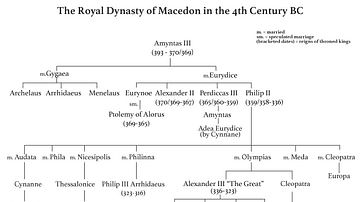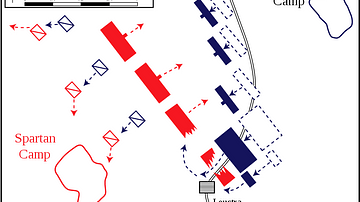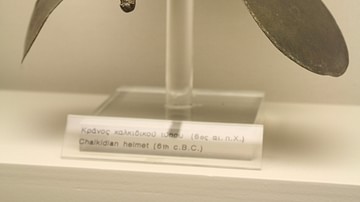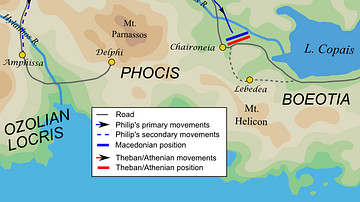Illustration
A map illustrating the Hellenic world's dynamic political landscape in the aftermath of the Peloponnesian War (431–404 BCE) and the emergence of numerous leagues and hegemonies. These alliances formed among city-states and regions to navigate the ever-shifting balance of power and address common challenges. The Athenian Empire, stemming from the Delian League, was opposed by Sparta and the Corinthian League. At the same time, the Boeotian Hegemony, dominated by Thebes, gained prominence after the Battle of Leuctra in 371 BCE. These power dynamics set the stage for the rise of Macedon as a dominant and expansionist power under Philip II, reshaping the Hellenic political landscape. Following in his father's footsteps, Alexander the Great would later conquer vast territories to the East, extending Hellenic influence across significant parts of the ancient world.
About the Author
Cite This Work
APA Style
Netchev, S. (2023, December 06). Hellenic Leagues and Hegemonies, 4th century BCE. World History Encyclopedia. Retrieved from https://www.worldhistory.org/image/18222/hellenic-leagues-and-hegemonies-4th-century-bce/
Chicago Style
Netchev, Simeon. "Hellenic Leagues and Hegemonies, 4th century BCE." World History Encyclopedia. Last modified December 06, 2023. https://www.worldhistory.org/image/18222/hellenic-leagues-and-hegemonies-4th-century-bce/.
MLA Style
Netchev, Simeon. "Hellenic Leagues and Hegemonies, 4th century BCE." World History Encyclopedia. World History Encyclopedia, 06 Dec 2023, https://www.worldhistory.org/image/18222/hellenic-leagues-and-hegemonies-4th-century-bce/. Web. 24 Apr 2025.








